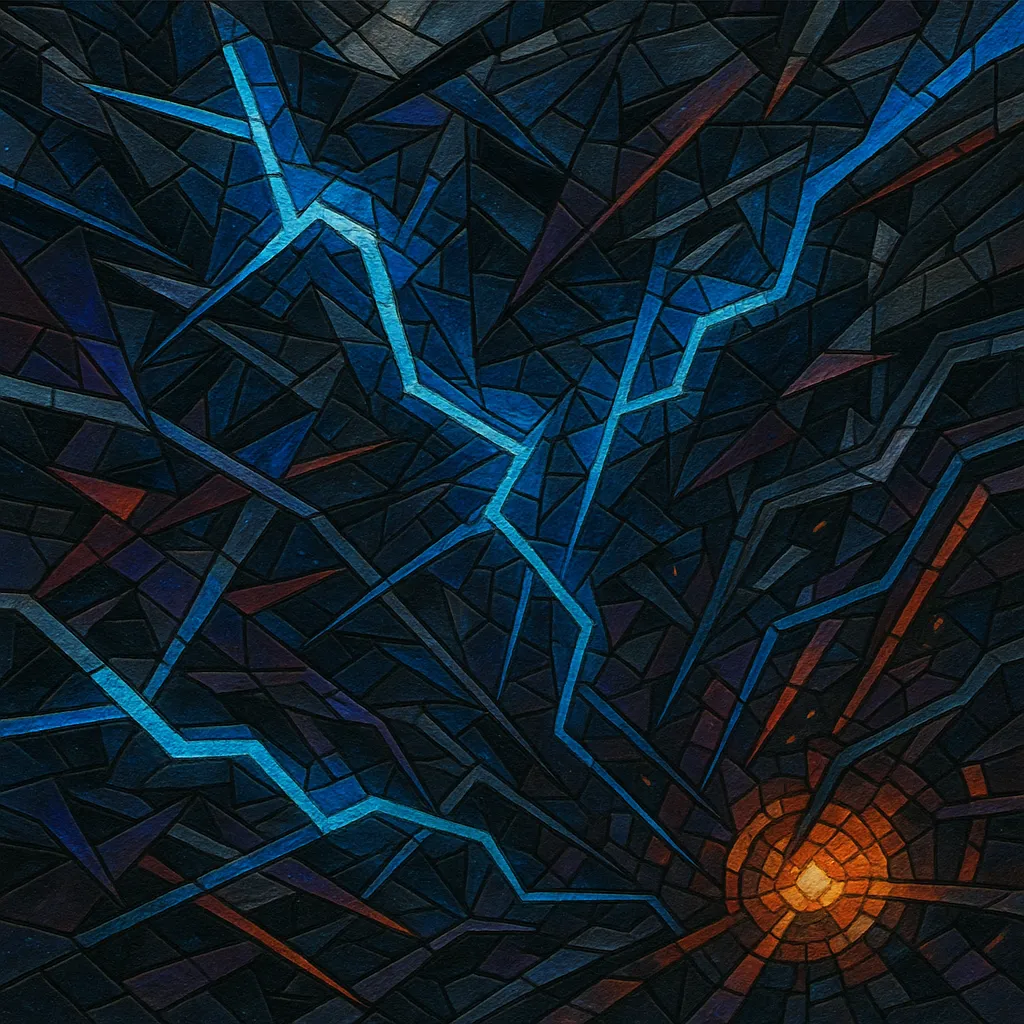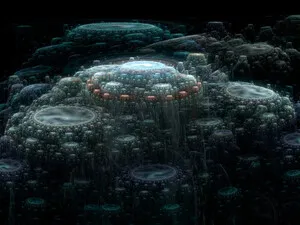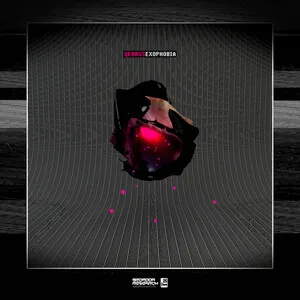Your digging level
Description
Flashcore is an experimental, ultra-fast offshoot of hardcore techno that pushes tempo, sound design, and structural abstraction to extremes. Emerging from the French underground at the end of the 1990s, it rethinks the function of the kick drum and meter, often abandoning dance-floor regularity for fractal, hyper-detailed rhythmic design.
Typical tracks range from 250 BPM into the 1000 BPM realm, emphasizing micro-edits, granular textures, spectral processing, and noise-inflected timbres. Rather than building around verse–chorus or steady 4/4 grooves, flashcore pieces are usually through‑composed, textural, and dynamic, borrowing ideas from IDM, noise, and electroacoustic music while retaining the intensity of speedcore and industrial hardcore.
The aesthetic is cybernetic and futurist: cold, metallic palettes; atonal or cluster-based harmony; and a focus on tension, disorientation, and controlled chaos. It is both a club-born and art-forward practice, sitting at the intersection of hardcore rave culture and advanced sound art.
History
Flashcore coalesced in France in the late 1990s around the visionary output of the Hangars Liquides scene, with La Peste and close collaborators articulating a sound that extended speedcore’s tempo and aggression while importing the precision editing and timbral focus of IDM and electroacoustic experimentation. Early flashcore reframed the kick drum as a textural and structural element rather than a mere metronome, opening space for non-linear, through‑composed forms.
Through the 2000s the style developed a clearer identity: ultra‑high tempos (often 300–600+ BPM), intricate micro-rhythms, heavy use of DSP (granular synthesis, spectral morphing, micro‑time edits), and an austere, metallic sound world. Labels and netlabels tied to the French and broader European underground served as incubators, while select artists outside France adopted the idiom and cross-pollinated it with breakcore, drill’n’bass, and industrial noise aesthetics.
Flashcore embraced a cybernetic, post-human aesthetic: asymmetrical metric structures, sudden density shifts, noise layers, and atonal clusters. The result felt less like traditional dance music and more like kinetic sound sculpture. Live sets frequently used trackers and precise step-programming to maintain control at inhuman tempos.
While always niche, flashcore’s ideas radiated outward—informing the extremities of speedcore (e.g., splittercore, extratone), experimental club music, and aspects of harsh digital noise. Its emphasis on sound design, non-linearity, and hyper‑tempo continues to inspire producers who blur boundaries between rave functionality and advanced sound art.



![◙◙◙◙◙◙◙◙◙◙◙◙ [...]](https://e.snmc.io/i/300/w/d6cf48e74a4cbacb374c6e2ef726283f/10237625/qebr%C2%B5s%20-%20%E2%97%99%E2%97%99%E2%97%99%E2%97%99%E2%97%99%E2%97%99%E2%97%99%E2%97%99%E2%97%99%E2%97%99%E2%97%99%E2%97%99%20%5B___%5D%2C%20Cover%20art.webp)







